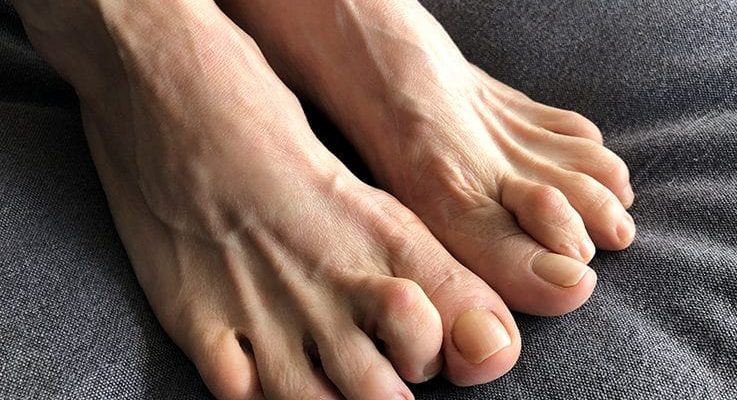Hammertoe deformities are prevalent among Americans, but most people have not received a diagnosis or sorted out a treatment. This is worrying when the condition becomes severe; it can cause long-term foot health and development complications. That is why Kriti Puthenpurakal, DPM, a Naperville hammertoe specialist, encourages every patient to seek treatment as soon as possible as the condition also worsens over time.
Hammertoe can also result from other complications, and people not understanding this can be the reason behind the ignorance. Take a look at the possible causes of hammertoe you might not know.
- Osteoarthritis
This is a medical condition where the cartilage and underlying joint bone break down, causing swelling, pain, stiffness, and reduced motion range. Besides, it can lead to numbness and weakness in advanced cases. This is a risk factor to the hammertoe as the damage caused to the joint can cause hammertoe. The condition mainly affects the thumb base, hips, knee, neck, and the lower back.
- Poor Fitting Shoe
If you are used to high heels and poor-fitting shoes, you are at a higher risk of getting hammertoe. This is because such types of shoes cause scrunching to your toes which causes the toes to bend. If you use this type of shoe, the effect can be permanent. Therefore, please be careful about the kind of shoes you are wearing.
Besides, pointy-toed and narrow shoes also squeeze the toes and the tendons which can cause damage to the toes or aggravate hammertoes if you already have the condition. Note that the appropriate shoe to wear is one that leaves approximately 3/8 to ½ inches between the shoe end and your longest toe when you stand.
- Diabetes
If you have a metabolic disorder characterized by persistently elevated blood glucose, your hammertoe risks, among other complications such as foot ulcers, stroke, chronic kidney disease, and cardiovascular disease are high. If you are experiencing increased hunger, increased thirst, or frequent urination, these might be symptoms of diabetes, and there are more.
Some complications of diabetes affect the peripheral nerves, which can cause hammertoe. However, you may manage these complications through regular physical exercises, maintaining average body weight, having a healthy diet, insulin injections, or some medications.
- Friedreich’s Ataxia
This is a hereditary condition that is autosomal recessive and causes progressive damage to your nervous system. This condition can make you experience poor coordination, hearing impairment, vision impairment, and scoliosis. A progressive condition can eventually make mobility completely difficult, making you require a wheelchair to move around. This is a risk factor to the hammertoe due to the nerve damage it causes.
- Rheumatoid Arthritis
This is a chronic autoimmune disorder that affects the joints in most cases. The effects of the condition of the joint can result in a hammertoe. It can cause the joints to swell, become warm, stiff, and painful, affecting the joints symmetrically. This condition can also cause inflammation around the lungs, red blood cells, heart, and more.
As noted, the hammertoe can be more than it looks. It can occur due to several reasons, including some of the severe complications above which should not go untreated. Now that you know that you can be having more difficulty than you think, please seek medical attention as soon as possible if you suspect having a hammertoe.













Comments